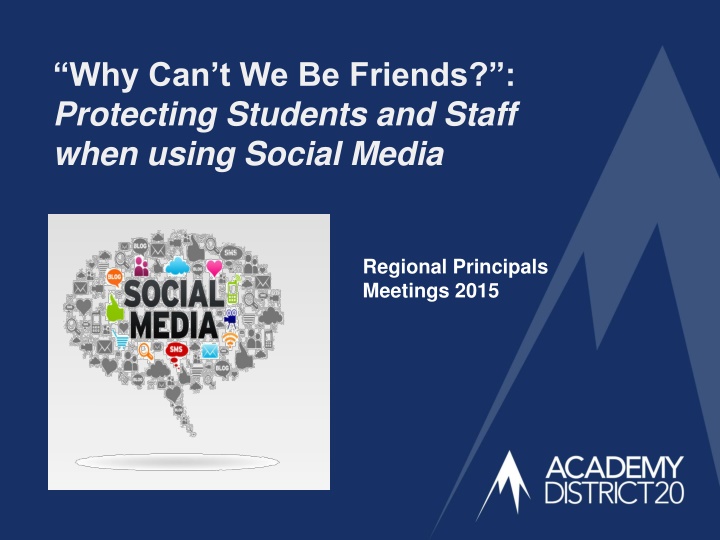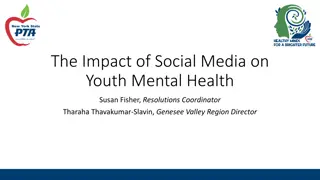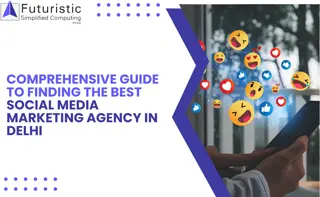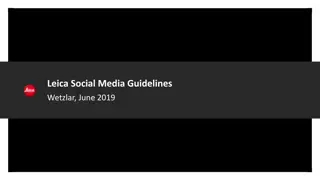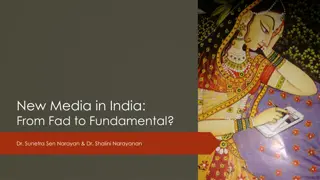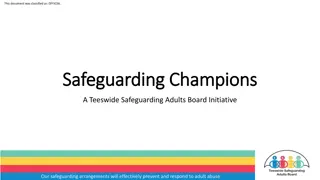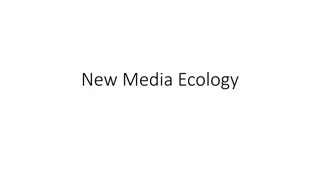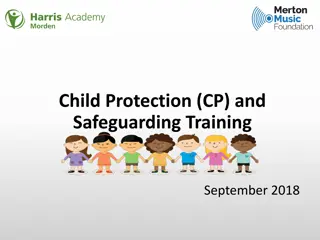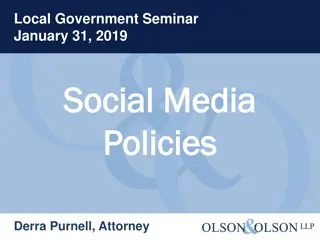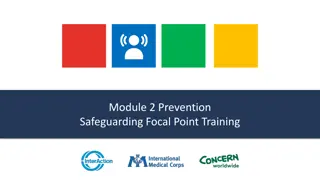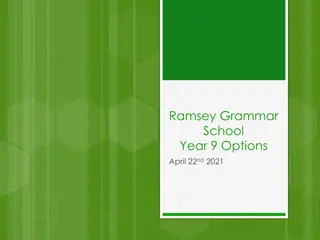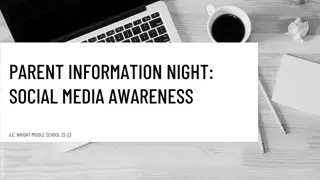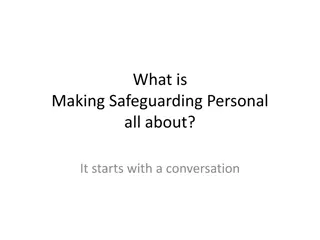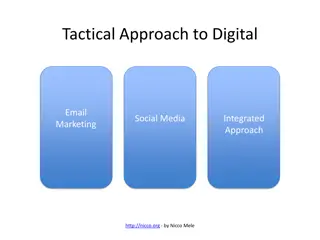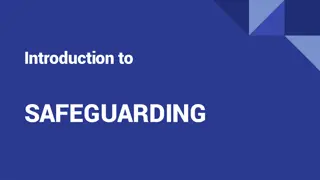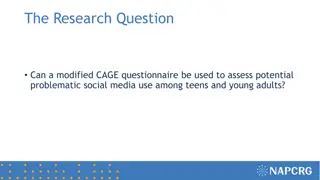Safeguarding Social Media Use in Educational Settings
Exploring the role of social media in educational environments, this content delves into guidelines for protecting students and staff when utilizing various social platforms. It covers different types of social media, the Pew Research Center's insights on teen relationships online, and defines professional versus personal social media use within schools. Additionally, it discusses staff expectations in representing schools and districts positively and emphasizes the importance of trust in educators.
Download Presentation

Please find below an Image/Link to download the presentation.
The content on the website is provided AS IS for your information and personal use only. It may not be sold, licensed, or shared on other websites without obtaining consent from the author.If you encounter any issues during the download, it is possible that the publisher has removed the file from their server.
You are allowed to download the files provided on this website for personal or commercial use, subject to the condition that they are used lawfully. All files are the property of their respective owners.
The content on the website is provided AS IS for your information and personal use only. It may not be sold, licensed, or shared on other websites without obtaining consent from the author.
E N D
Presentation Transcript
Why Cant We Be Friends?: Protecting Students and Staff when using Social Media Regional Principals Meetings 2015
TYPES OF SOCIAL MEDIA http://bit.ly/1sRe2nI Social Networking Facebook, Google+ Micro-Blogging Twitter, Tumblr Publishing Tools WordPress Blogger Collaboration Tools Wikipedia, WikiBooks Rating Review Sites Amazon, Angie's List Photo Sharing Flickr, Instagram, Pinterest
MORE SOCIAL MEDIA YouTube, Vimeo Video Sharing Personal Broadcasting uStream, LiveStream Second Life, World of Warcraft, Farmville Virtual/Interactive Worlds Foursquare, Yelp Location Based Services News Aggregation Digg, Delicious, Scoop It Group Buying Living Social, Groupon
The Pew Research Center's Teens Relationship Survey 2015
Social Media as defined in DPS policy EGB: Social Media is defined as media based on the use of web and mobile technologies that allow for user-generated exchanges of information. With proper administration, social media can foster collaboration and communication as an interactive dialogue, enhancing the value of conversations across a global audience.
DPS Definitions 1. Professional Social Media is a work-related social media activity that can be either school based (e.g., a district principal establishing a social networking page for his/her school, or a teacher establishing a social media site for his/her class), or non-school-based (e.g., a district office establishing a social networking page to communicate with the larger district community). 2. Personal Social Media use is a non-work-related social media activity (e.g. a district employee establishing a social networking page for his/her personal use).
Staff Expectations Staff members are expected to serve as positive role models at all times and must represent their school and district professionally at all times. (D20 Policy GBEE E 1)
Legal Considerations Many legal issues have not yet been settled by the court system, so it is very important for school districts to have clear guidelines in place.
Legal Considerations Speech on or off-duty, made pursuant to school district employees official duties, is not protected speech under the First Amendment and may form the basis for discipline if detrimental to the school district.
Would you call your administrator a smug know it-all creep? Tara Richardson (no relation) was a mentor for beginning teachers who sued the Central Kitsap (Washington) School District claiming that she was demoted because of comments she posted on a personal blog. She described one administrator as a smug know-it-all creep who has a reputation of crapping on secretaries . A federal appeals court rejected her First Amendment argument, finding that her nasty, personal comments interfered with her job because they fatally undermined her ability to enter into confidential and trusting mentor relationships with beginning teachers.
Academy D20 Social Media Guidelines When using social media, such as Facebook , Academy District 20 employees should always consider whether what is posted will in any way impair their professional effectiveness or reputation. Staff should not use Facebook or other social media to cultivate a non-professional relationship with students. Staff should adhere to the following guidelines* when using any type of social media for educational reasons:
New York City Department of Education E. Personal Social Media Use 1. Communication with DOE Students In order to maintain a professional and appropriate relationship with students, DOE employees should not communicatewith students who are currently enrolled in DOE schools on personal social media sites. DOE employees communication with DOE students via personal social media is subject to the following exceptions: (a) communication with relatives and (b) if an emergency situation requires such communication, in which case the DOE employee should notify his/her supervisor of the contact as soon as possible.
Social Media and Student Benefits facebook.jpg
Social Media in the Classroom 21st C Learning BYOD Blended Learning Flipped Classroom Clubs/Committees Edmodo, Schoology, Facebook, etc.
12 Ways Teachers are Using Social Media Tweet or post status updates as a class.. Write blog posts about what students are learning. Let your students write for the world. Connect to other classrooms through social media. Use Facebook to get feedback for your students' online science fair projects. Use YouTube for your students to host a show or a podcast. Create Twitter accounts for a special interest projects Ask questions to engage your students in authentic learning. Communicate with other classrooms. Create projects with other teachers Share your learning with the world Further a cause that you care about. A Guidebook for Social Media, Vicki Davis
Social Media in the Classroom Connections Interaction/Communal Sharing Web Engagement Online presence Interact with peers and teachers Knowledge Information Literacy Analyze, Evaluate DIY Social Media Marketing Work Force Readiness 718x416xsocial-media-icons.png.pagespeed.ic.K9hMibyZ1r.png
